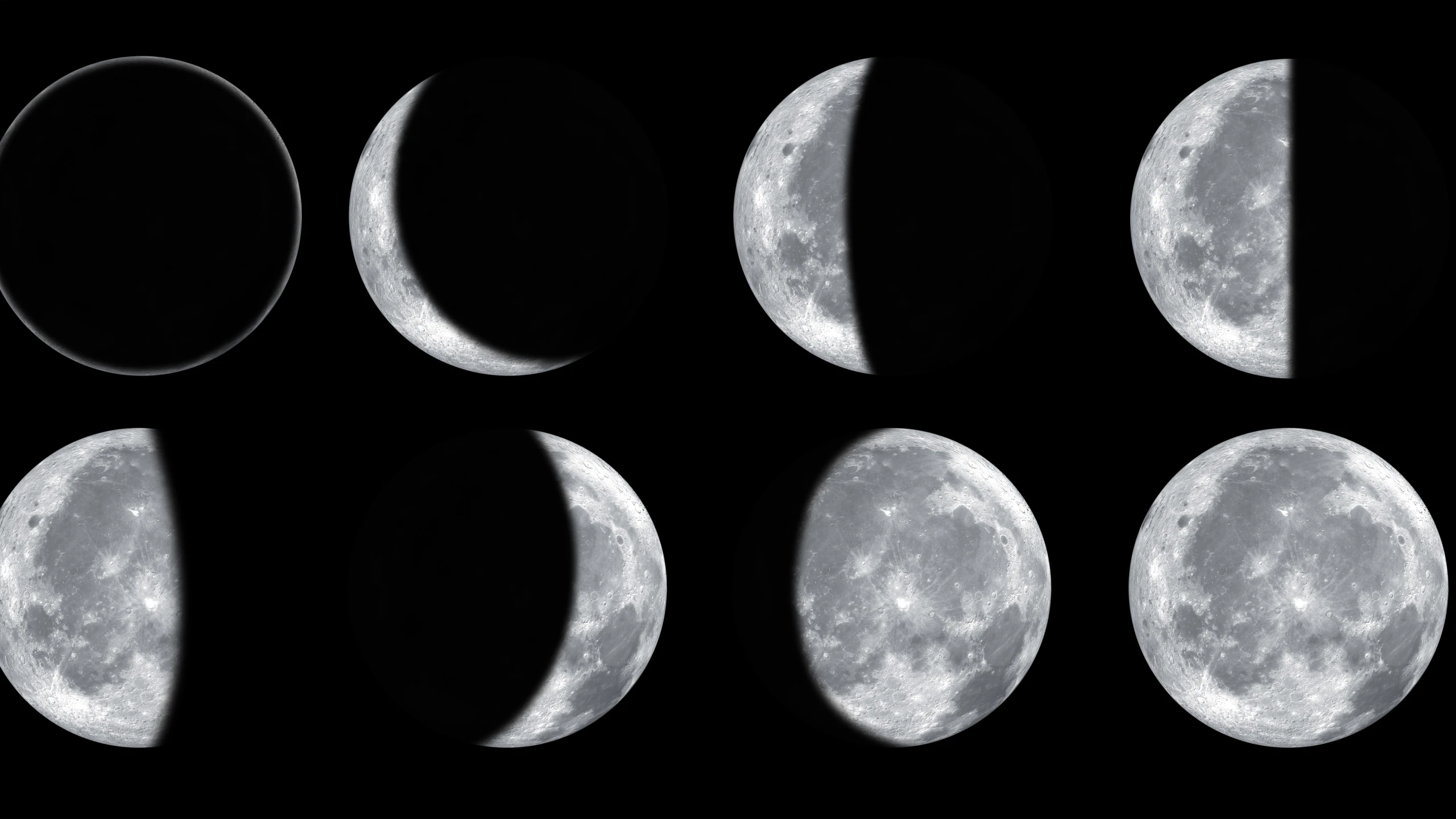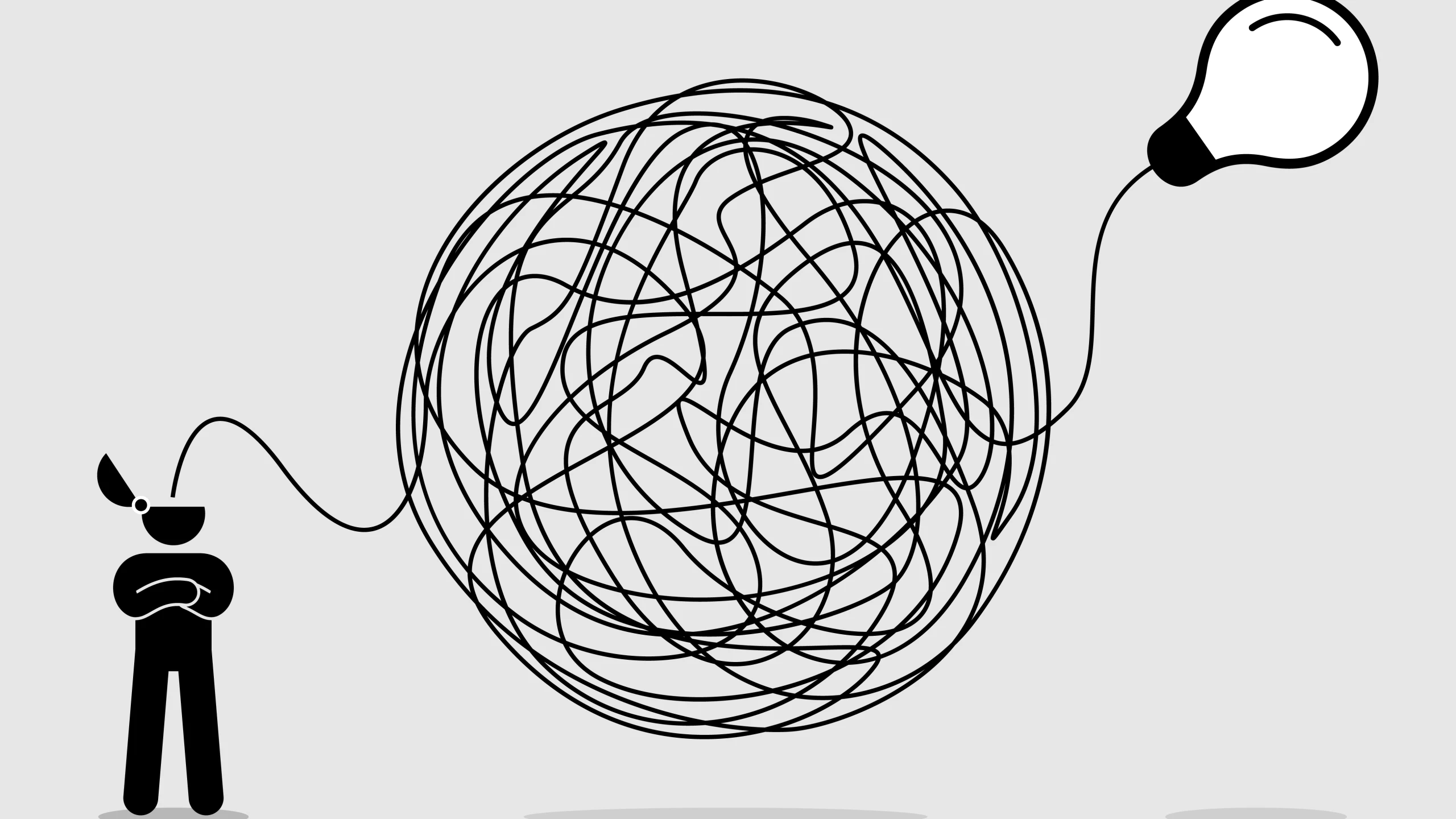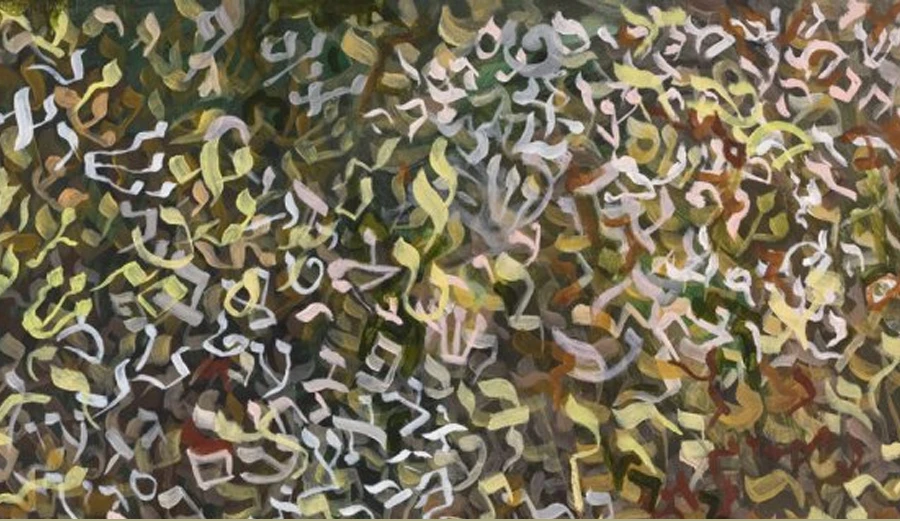Are Jews a Spiritual Mixture Or a Chemical Compound?
In the Divine Space, We Are Indivisible, Even As We Are Distinct
1 hr 51 min
Sunday Morning Shlach/Tzafnas Paanach
- June 11, 2017
- |
- 17 Sivan 5777
Rabbi YY Jacobson
3599 views- 5Comment
- Call-in
Listen to the class on the phone
Call +1 (845) 201-1933
When prompted, dial the ID number below.
4274 MP3 MP4 Source Sheets - Copy Embed
Leilu Nishmas Reb Eliyahu Tzion ben Reb Chananya Niasoff ז״ל
And in the merit of our partner in Torah, Yigal Yisroel ben Sofia, שיחי׳
Class Summary:
This class was presented on Sunday Shlach, 16 Sivan 5777, June 11, 2017, at Ohr Chaim, Monsey, New York
Tags
Show More
Categories
Show More
Sunday Morning Shlach/Tzafnas Paanach
Rabbi YY Jacobson
- June 11, 2017
- |
- 17 Sivan 5777
- |
- 3599 views
Leilu Nishmas Reb Eliyahu Tzion ben Reb Chananya Niasoff ז״ל
And in the merit of our partner in Torah, Yigal Yisroel ben Sofia, שיחי׳
Classes in this Series
Please help us continue our work
Sign up to receive latest content by Rabbi YY
Join our WhatsApp Community
Join our WhatsApp Community








Please leave your comment below!
Pesach Kornreich -5 years ago
Disconnect Between Alter Rebbe's Answer and Shiur
BS"D
Even with the answer to the question at the end of the shiur, I still felt a disconnect between the Alter Rebbe's answer and the discussion in the shiur.
At first, I was blown away by the beautfiful answer of the Alter Rebbe. However, the findings of the shiur appear to undermine the Alter Rebbe's answer. According to the shiur, when the error is Avodah Zarah, *all* 12 tribes have to participate, yet in the answer, it seems to be a problem of *just* the ones who sinned - the other 11 tribes besides Levi. Of course, it could be answered, that it would be very easy to find 10 tzadikim among the Leviim, because none of the tribe sinned. Then the problem returns of how Aharon's sons could be counted, since they were part of the tribe of Levi.
The answer that the Kohanim belong to all the tribes is weak. It could be argued for Aharon, since he was a Kohen Gadol, and a Kohen Gadol is a "collective individual". The same status of a "collective individual" could be said of Moshe, since he was the king, but he was not counted in the 2nd midrash. However, I do not know of a source where a plain kohen is considered a "collective individual."
Even accepting that the Kohanim could be counted among the other tribes, and it was easy to find 10 Leviim, the issue of the Leviim not being mentioned at all, still presents a difficulty regarding the Chasidut answer of the shiur. Even granting that they were mentioned implicitly by the fact that it was easy to find 10 Leviim, the fact they were not mentioned *at all* explicittly shows, even if only a small measure, a lack of "arevim zeh l'zeh" (i.e. that it's the *other* tribes' problem - not *my* problem) that seems to be so much of the emphasis of why *all* 12 tribes had to participate.
Just a few nagging questions I had.
Reply to this comment.Flag this comment.
REFAEL -7 years ago
Two Perspectives
Reply to this comment.Flag this comment.
Chaim Bochner -7 years ago
לכבוד הרב,
יישר כחכם, שיעור נפלא. כמדומה, שמעתי שני יודין בשם זקני, הרה"ק מראפשיץ זי"ע
,כשהיה ילד המציא לו קשיא זו ואמר בערך בזה הלשון
ווען איין יוד איז נעבן דעם צווייטן ווערט א שם, אבער ווען איין יוד טרעט אויף דעם צווייטען, בלייבט א שוא.
נהנייתי על הרעיון שהשוא גם זה פסיק וחלק.
הצלחה
Reply to this comment.Flag this comment.
Yochanan -7 years ago
Thank you for another fantastic shiur! I found another distinction between the two midrashim that you opened the shiur with.
In the first midrash Moshe asks if those that are deceased are
considered alive for the purposes of his deal and Gd answered
affirmatively.
In the second midrash Moshe states; אם הללו בחיים ואינם יכולים לעמוד להם
בפרצה זו יעמדו המתים. It seems to me a פלא that in the first midrash
Moshe, although he asked, seemed to have understood that the deceased
are still living for this purpose and in the second midrash he makes no
such assumption.
Perhaps, if I understood the progression and nuance of the shiur
correctly the first midrash which is following the opinion of Reb Meir
and a worldview of הרכבה מיזגית there is no distinction between deceased
and alive - it is all a seamless unit. However, the second midrash
which follows the worldview of הרכבה שכנית is a philosophy which is
woven with multiplicity and therefore the אבות are deceased and Moshe
doesn't ask whether or not they are alive.
Reply to this comment.Flag this comment.
moti -7 years ago
כמדומני שאמרת בשעור "שרב" עם סגול תחת ש ו-ר,כמו שמש.אבל הניקוד הנכון הוא 2 קמצים.ראה ישעיה מ"ט,י (המקור לתוספות שבת),וכן ראה ישעיה ל"ה ז.
Reply to this comment.Flag this comment.
Giacomo Zippel -6 years ago
Rabbi Meir kotnot or : What about Rashi's sefer Torah in Devarim <> without a Yud. no letter missing from the Torah (by the way 2 years ago' an old (1250) Sefer from Italy was restored and I found out that it was written without that Yud. Awesome! How is all this possible ? (I think the sefer is now in Yerushalayim. I can check with Rav Riccardo Di Segni-
Reply to this comment.Flag this comment.
Giacomo Zippel -6 years ago
Reply to this comment.Flag this comment.